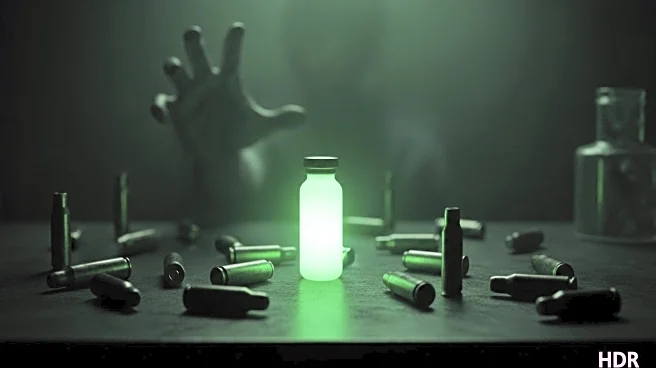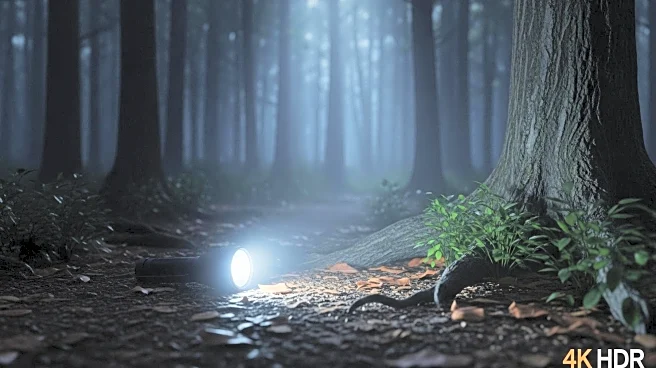What's Happening?
A long-lost cutscene from the 2001 video game Spider-Man 2: Enter Electro has been rediscovered by an Instagram user known as BobbyFan85. This cutscene, which features Thor, was originally part of the game's ending but was removed due to its setting on the Twin Towers following the September 11 attacks. The game was delayed and released with a modified ending. The cutscene was thought to be lost media, with only a single screenshot available online until BobbyFan85 uploaded it to the internet. The user found the cutscene on an old hard drive, having downloaded it on October 16, 2001, and shared it on platforms like the Internet Archive and YouTube.
Why It's Important?
The discovery of the Spider-Man 2: Enter Electro cutscene is significant for gaming enthusiasts and historians as it resolves a long-standing mystery surrounding the game's original ending. It highlights the impact of historical events on media content and the preservation challenges associated with digital media. The cutscene's recovery also underscores the role of digital hoarders in preserving cultural artifacts that might otherwise be lost. This event may encourage further exploration and recovery of other lost media, contributing to a more comprehensive understanding of gaming history.
What's Next?
The rediscovery of the cutscene may lead to increased interest in other lost media from the gaming industry, prompting enthusiasts and archivists to search for additional content that has been removed or altered due to historical events. It could also inspire discussions about the preservation of digital media and the importance of maintaining archives for future generations. Gaming companies might consider releasing more behind-the-scenes content or unused material to satisfy the curiosity of fans and historians.
Beyond the Headlines
The cutscene's recovery raises questions about the ethical considerations of altering media content in response to real-world events. It also highlights the cultural significance of video games as historical artifacts that reflect societal changes and challenges. The role of digital hoarders in preserving such content may lead to discussions about the value of digital archiving and the responsibilities of individuals and companies in maintaining access to cultural history.











